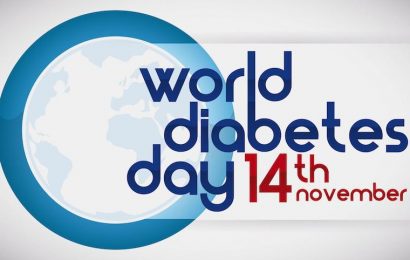Updated Janaury 26, 2016
If you’re like most people with health insurance, when you go to the doctor for an examination or procedure, you’re likely to care mostly about how much you’ll pay out of your own pocket — charges such as copays, deductibles, and any other expenses not covered by insurance. But, of course, what comes out of your wallet isn’t the only money being exchanged when you get health care. Your health insurer — a private insurance company or, in the cases of Medicare and Medicaid, a branch of the federal or state government — has negotiated prices with health-care providers for every conceivable type of office visit and medical procedure. And in most cases, these prices are nearly impossible for you to find out.
Why should you care about the price of a procedure you’re not paying for out-of-pocket? One reason is that higher prices eventually make everyone’s premium go up. Another is that with prices publicly available, insurance companies may be able to strike better deals with providers — potentially saving everyone on their health plans money.
A new report, released earlier this month by two groups known as the Health Care Incentives Improvement Institute and Catalyst for Payment Reform, highlights what these groups see as the depths of the transparency problem. As noted in a Forbes article on the report, only five states received a passing grade on the report’s A-through-F scale. Only one state, New Hampshire, got an A — based largely on the state’s publicly accessible website, NH HealthCost, which lists price information by health plan and procedure. Colorado and Maine each earned a B, while Vermont and Virginia each got a C. Every other state received an F.
The report, which graded states based on the year 2014, notes that some state legislatures are currently considering bills that would improve price transparency, while other states are working to make price information available based on current laws. Each state’s grade was based on both general rules regarding price transparency — through health plans or health-care providers — and the existence (or nonexistence) of a state-run, user-friendly website that shows the prices of various procedures, through different health plans, side by side. New Hampshire improved dramatically over its 2013 grade, since its website was inactive that year. Massachusetts, on the other hand, shut down its price-comparison website between the 2013 and 2014 reports, and its grade plummeted.
So why don’t more states require this information to be made available? The short answer is that neither health insurance companies nor health-care providers want consumers to see how they strike their pricing deals. Certain providers may be able to extract high prices from insurers based on their brand-name cachet — which, if revealed, could embarrass both parties. Therefore, price confidentiality is often written into the contracts these companies sign. Both insurers and providers are politically powerful in many states, while health-consumer groups are comparatively weak. Catalyst for Payment Reform is a rare consumer group with financial resources — because the health-care consumers it represents are corporations, including AT&T, Boeing, General Electric, and Walmart.
What do you think — do you care how much your insurance company pays your health-care provider for a visit or procedure? If prices were publicly available, would you “shop around” for a health plan that appears to spend its money wisely? Would you visit a state-run health-care pricing website if it included estimates of out-of-pocket costs through various health plans? Should every state make these costs and prices available to the public? Leave a comment below!





